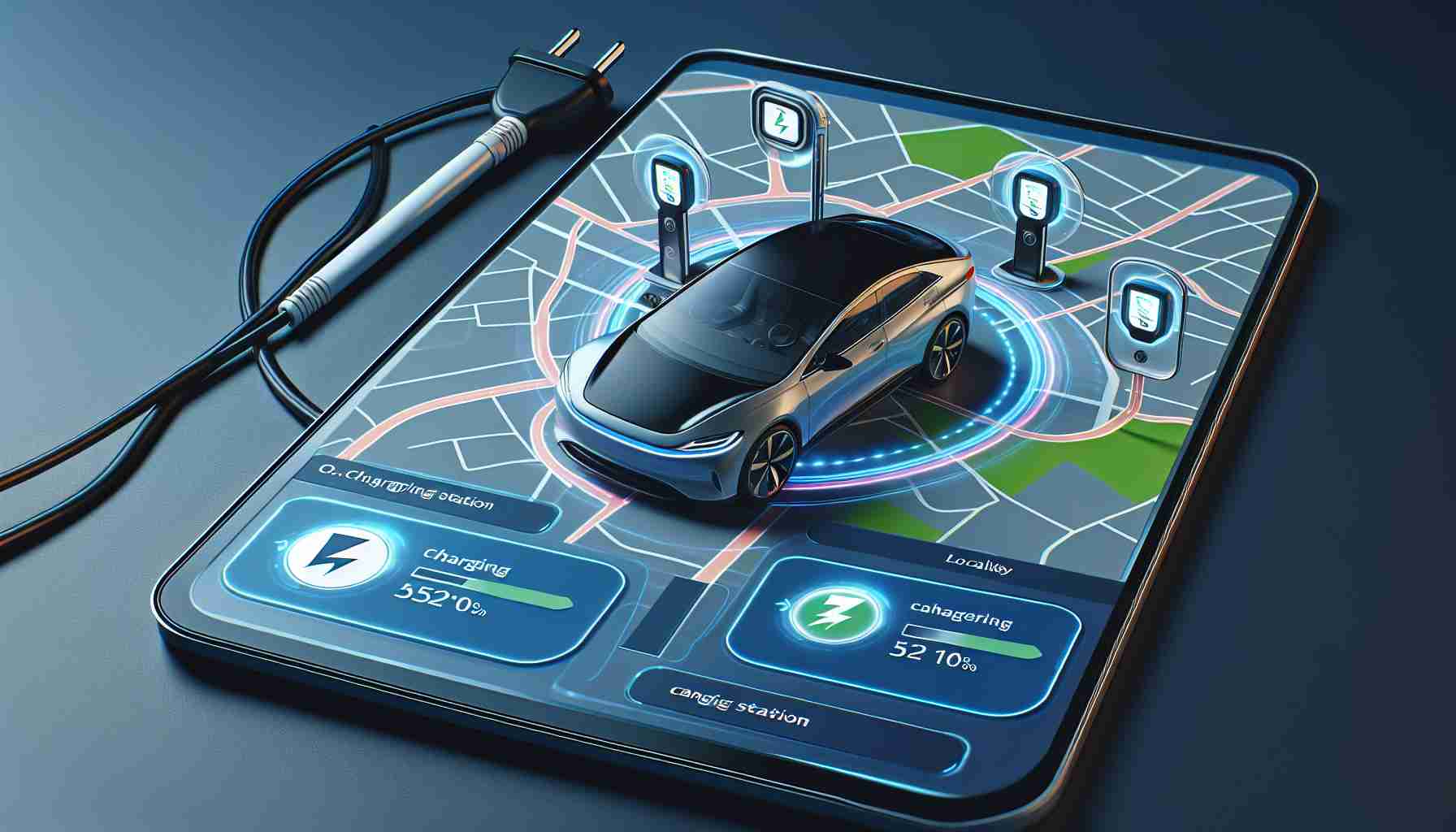Enhanced Electric Vehicle Support with Google Maps Update
Google’s navigation service, housed within the Android Automotive system, heightens its utility for electric vehicle (EV) users by enabling access to key vehicle data such as battery levels. This allows the app to offer personalized mapping, including suggesting charging stops if the current charge is insufficient for the journey ahead.
The application’s new abilities are a response to the unique challenges faced by EV drivers, such as range anxiety. Google’s latest upgrade helps mitigate this issue by actively monitoring the EV’s battery life. It automatically identifies and signals charging points along the route when the battery dips below a critical level. This innovation not only reduces the stress of locating a charger but also ensures that the suggested charging stations are compatible with the vehicle’s specifications.
Additional details like the availability of charging ports in real time and the speed of charging are also provided, making the search for a power boost a more streamlined experience. The rollout of these enhancements is scheduled to begin soon and will be accessible to users globally, beginning with vehicles that come with Google’s systems built-in.
In parallel, Google continues to advance map functionalities across various platforms. One notable development involves promoting environmentally friendly travel options. The navigation app has introduced features that suggest walking or public transit alternatives when they offer comparable travel times to driving, underscoring Google’s commitment to sustainable mobility.
Questions & Answers about Google Maps Improved EV Charging Station Features
How does Google Maps determine which charging stations to suggest to the driver?
Google Maps uses the vehicle’s remaining battery life and other specifications to suggest the most suitable charging stations along the route. It filters charging points that are compatible with the EV’s charging system and includes consideration for factors like connector type and charging speed.
What is range anxiety, and how does the Google Maps update address it?
Range anxiety is the fear that an electric vehicle does not have enough battery charge to reach its destination. Google Maps addresses this anxiety by actively monitoring the vehicle’s battery and suggesting charging stations before the battery level becomes critical.
How does real-time availability of charging ports benefit EV drivers?
Real-time availability helps drivers to see if charging ports at a specific location are currently in use or free, preventing them from driving to a charging station only to find it full upon arrival.
Key Challenges & Controversies
Reliability of Data: The effectiveness of Google Maps in aiding EV drivers hinges on the accuracy and timeliness of data on charging stations. If the data is outdated or incorrect, drivers may end up at unavailable charging stations.
Network Coverage: The availability of data on charging stations depends on network coverage and integration with charging station providers. In areas with poor connectivity or incomplete data integration, the features may be less useful.
Data Privacy: The need to access and monitor the EV’s battery status raises questions about the collection and use of vehicle data.
Advantages of Google Maps Improved EV Charging Station Features:
– Reduces range anxiety and planning overhead for EV drivers
– Assists drivers in efficiently locating suitable charging stations, which saves time
– Promotes the use of EVs by making longer journeys more manageable
– Encourages sustainable mobility by highlighting eco-friendly travel options
Disadvantages:
– Relies on continuous data exchange, which may raise privacy concerns
– The features’ functionality is heavily dependent on real-time data accuracy, which may not be guaranteed
– It might not be available to all EV models, especially older ones without connectivity to Google’s services
For more information on Google Maps and its features, visit: Google Maps
The source of the article is from the blog regiozottegem.be
